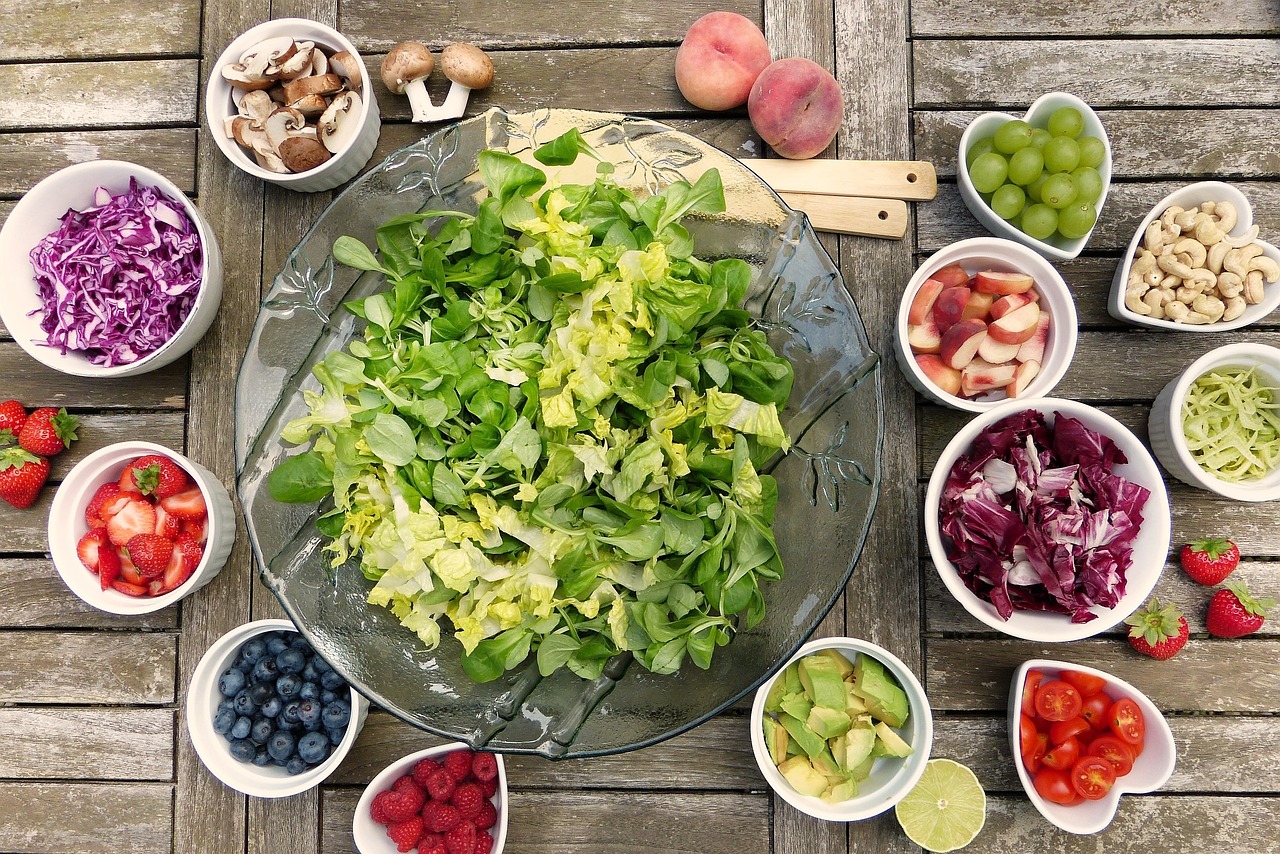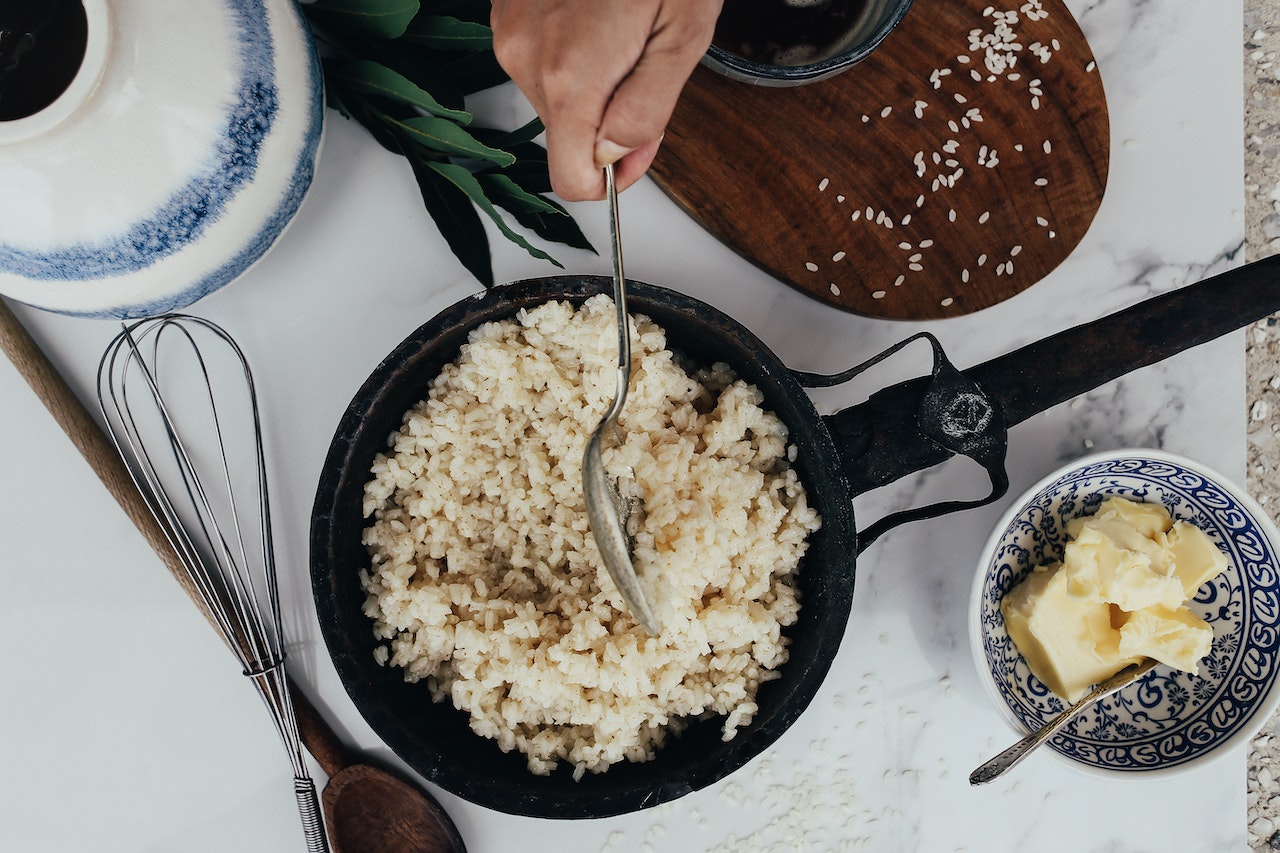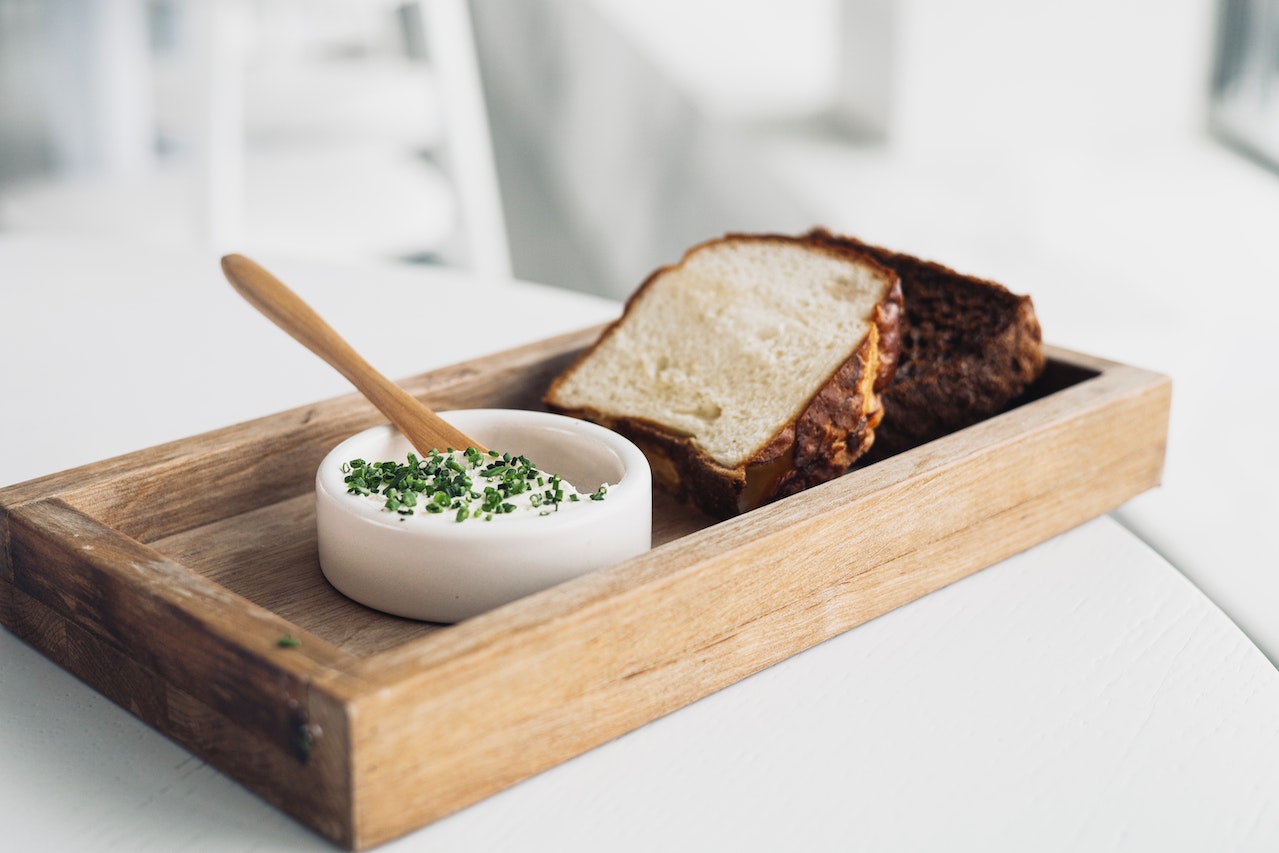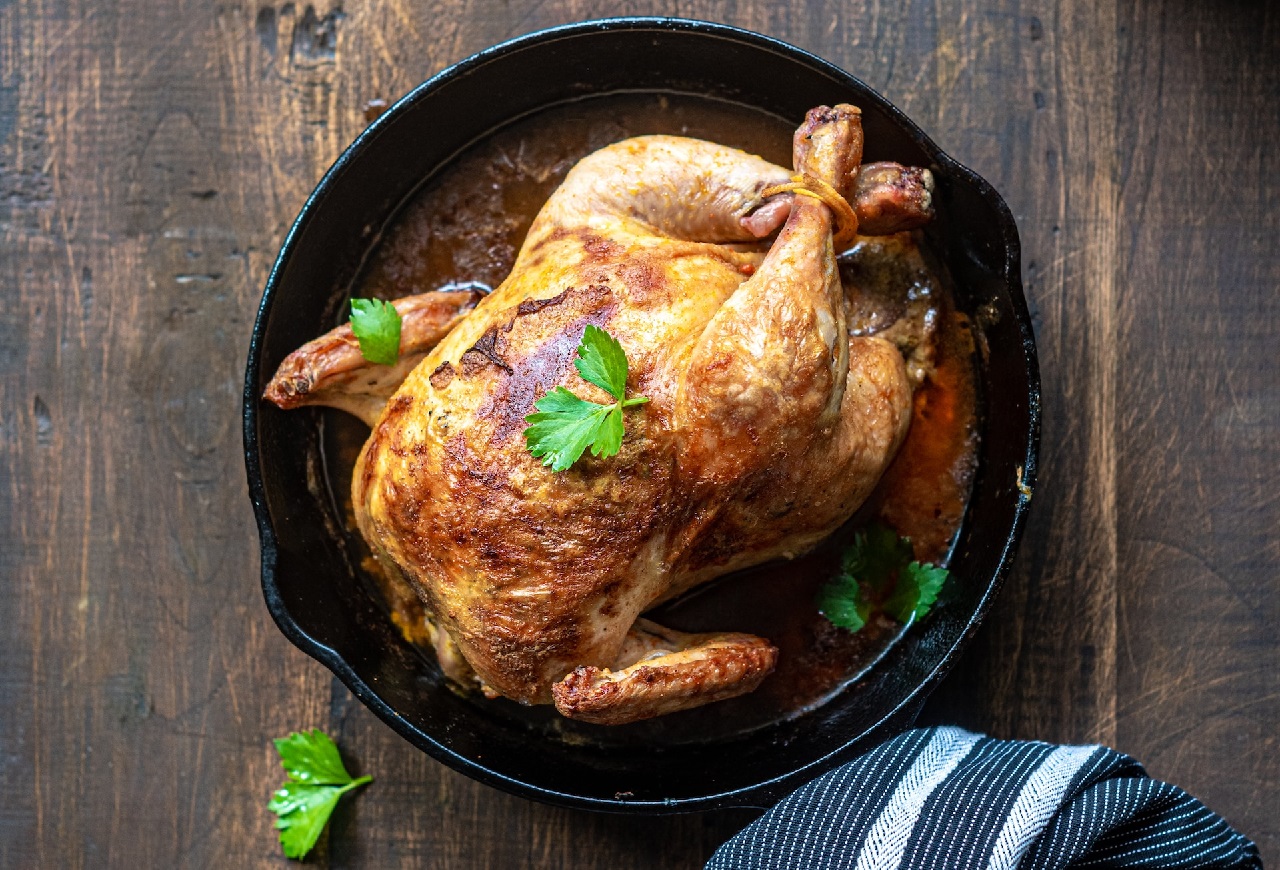Ladies and gentlemen, gather around, for I am about to spill the tea on what you should be stuffing your face with if you’re on this never-ending quest to be “healthy.” Yes, the foods that you will have to pretend to enjoy while your friends munch on chips and burgers. The sacrifices one makes for the ever-elusive six-pack and glowing skin!
1. Kale: The Superhero of Superfoods
Oh, come on, were you really expecting a list on healthy eating without our beloved leafy green, kale? Kale, with its deep green curls, is just like the superhero of the vegetable world. If vegetables had a high school, kale would be the popular jock. Packed with vitamins, minerals, and a whole lot of pretentiousness, it’s no wonder everyone’s smoothie is 50 shades of kale. Best consumed while smugly announcing to the world that you’re on a cleanse.
2. Quinoa: The Difficult-to-Pronounce Grain
Before you ask, it’s “keen-wah,” not “kwin-o-ah.” This grain, often confused as a rice alternative by the uninitiated, is gluten-free and filled with protein. If you’re someone who enjoys their carbs but wants to look like they’re trying, quinoa is your new BFF. It’s the grain that asks the question, “Why be regular rice when you can be fancy and protein-packed?” So, swap out your boring white rice for quinoa, or sprinkle it into a salad and watch your guests look slightly puzzled yet impressed.
3. Avocado: The Instagram Model
We all know that one friend who posts a photo of their avocado toast every. single. morning. “Starting my day right! 🥑❤️ #Blessed,” reads the caption. And, while you may roll your eyes, they’re onto something. Avocados are packed with good fats (yes, there’s such a thing as good fat, believe it or not). They’re creamy, dreamy, and make for the perfect Instagram post, elevating you from mere mortal to health guru.
4. Blueberries: Tiny Balls of Antioxidant Goodness
These little fellas are nature’s candy and are bursting with antioxidants. They’re perfect for pretending you’re satisfied with a “healthy dessert” when all you really want is a giant slice of chocolate cake. Remember: every time you choose blueberries over brownies, a nutritionist gets their wings!
5. Almonds: The “Is It Lunchtime Yet?” Snack
Need to fill that seemingly endless gap between breakfast and lunch? Almonds to the rescue! A handful of these (note: not a bucketful, my dear over-enthusiasts) can keep hunger at bay. They’re loaded with vitamin E, magnesium, and fiber. It’s like snacking on little nuggets of health. Just remember not to go nuts with them — pun absolutely intended.
6. Chia Seeds: The Tiny Powerhouses
Do you often find yourself wondering how you can make your morning smoothie more gelatinous? Enter chia seeds. These tiny black seeds are loaded with fiber, omega-3s, and protein. They also have this uncanny ability to expand in liquid and make you feel as though you’ve eaten way more than you actually have. But caution: if you spill them, they’re an absolute nightmare to clean. Ever tried herding cats? It’s easier.
7. Spinach: The Unassuming Muscle Man
Oh, Popeye was onto something! Spinach might look all innocent in its green splendor, but it’s a heavyweight when it comes to nutrients. It’s packed with vitamins A, C, K1, folic acid, iron, and calcium. Throw it in salads, smoothies, or your lasagna to pretend it’s healthy. Your muscles might not bulge immediately after consumption, but hey, at least you’re getting some iron.
8. Salmon: The Fancy-Pants Protein
Ever feel like being ritzy while also telling the world that you care about Omega-3 fatty acids? Salmon’s your go-to. This pinkish-orange fish not only gives you bragging rights at dinner parties but is also incredibly good for your heart and brain. Grill it, steam it, or eat it raw in sushi. Whichever way, make sure to subtly drop in conversations how it’s “wild-caught and organic.”
Might be helpful for you: How to Cook Salmon
9. Broccoli: The Tree of Life (Or Just Your Plate)
Miniature trees? No, they’re just broccoli florets. This cruciferous veggie is like the unsung hero in the world of healthy foods. It fights inflammation, supports digestion, and offers a healthy dose of vitamins C and K. Yes, it might make you feel like a giant eating tiny trees, but that’s just a bonus.
10. Dark Chocolate: The Guilt-Free Sin
Saving the best for last? You betcha! For those days when the world seems gloomy, and you need a pick-me-up without ruining your “healthy eating streak,” dark chocolate is your savior. It’s filled with antioxidants, and some studies even suggest it’s good for your heart and brain. Just make sure it’s high in cocoa content and low in added sugars, and you’re golden.
To wrap up this culinary expedition, let’s face it: food can be fun, even when you’re trying to be all saintly and nutritious about it. So, even if you can’t pronounce “quinoa” or think kale is a medieval torture device, there’s hope for us all in the quest for health and happiness. Because even amidst the superfoods, there’s always room for a cheeky bit of dark chocolate. Stay hungry, my friends!
Remember, this guide is as much about having fun with food as it is about healthy eating. So enjoy, indulge, but always in moderation (or not, I’m not your mother).
Pro Tips for Your Healthy Eating Escapade
- Flavor, not Filler: Just because it’s healthy doesn’t mean it has to be bland. Spices like turmeric, cayenne, and ginger can give your meals a kick and come with their own health benefits. Plus, they make you feel like a gourmet chef even if you can barely boil water.
- Hydration Nation: Don’t underestimate the power of water. Often our body confuses thirst with hunger. So, the next time you’re feeling a bit peckish, drink a glass of water, wait a bit, and see if you’re still hungry. Added bonus: your skin will love you!
- Plan Ahead: Ever heard of meal prepping? It’s for those among us who like to think they’ve got their life together. By planning your meals, you’re less likely to call for that tempting pizza when hunger strikes.
- Eat the Rainbow: No, Skittles don’t count. Aim for colorful veggies and fruits. Each color usually represents a different set of nutrients, so a colorful plate is often a balanced one. Plus, it looks super Instagrammable!
- Avoid the “Healthy” Traps: Just because it’s labeled “organic,” “natural,” or “low-fat” doesn’t mean it’s automatically good for you. Always check the nutrition label. And by that, I don’t mean squint at it and hope for the best. Actually, read it.
- Treat Yo’ Self: Strict diets are so last decade. It’s all about balance. If you’ve been eyeing that cookie, have it! One treat won’t derail your health journey, but constant deprivation might make you binge later.
- Mindful Munching: Pay attention to what you eat. Distracted eating, like while watching TV, often leads to overeating. Sit down, enjoy your meal, and maybe even contemplate why you chose to eat quinoa for the third time this week.
- Stay Curious: The world of nutrition is vast. Try new foods, explore cuisines, and remember that variety is the spice of life. Even if that means finding out there’s such a thing as purple carrots (seriously, look it up).
- Movement Matters: While this is about food, remember your body needs movement too. Whether it’s a walk, dance, or a yoga session, find a way to shake that booty!
- Listen to Your Body: Everyone’s different. What works for one might not work for another. If kale gives you the stink-eye, switch to another green. Find what feels good for you and your body.
Now, armed with this treasure trove of pro tips, go forth and conquer that kitchen. And when in doubt, remember: there’s always dark chocolate.
FAQs about Healthy Food
While kale has enjoyed its time in the spotlight (and probably loved every moment), its popularity isn’t without reason. It’s packed with vitamins and minerals. However, you’re not doomed if you don’t like it; there are plenty of other nutritious greens out there.
“Better” is subjective. Quinoa offers more protein and is gluten-free, while rice, especially brown rice, has its own set of nutrients. It’s about what you prefer and what your body needs. Mix and match, and perhaps, host a “Quinoa vs. Rice” dinner night.
While salmon is great and loaded with Omega-3s, variety is essential. Aim for two to three times a week, and consider mixing up your fish intake with other varieties like mackerel, sardines, or trout.
Not all chocolates are created equal. Dark chocolate with high cocoa content (70% or more) has antioxidants and can offer health benefits. However, moderation is key. And unfortunately, this doesn’t give you the green light to devour a chocolate mountain.
Chia seeds can expand in your stomach, helping you feel full, which might assist in reducing your food intake. But remember, there’s no magic food for weight loss. It’s about a balanced diet and lifestyle.
Sorry to break it to you, but no amount of kale or quinoa can replace the benefits of regular exercise. Pair these nutritious foods with some good old-fashioned movement for the best results.
Organic can mean fewer pesticides and chemicals, but it often comes with a higher price tag. If budget is a concern, consider checking the “Dirty Dozen” and “Clean Fifteen” lists to prioritize which items to buy organic. But remember, non-organic veggies and fruits are still better than no veggies and fruits!
Spices, herbs, and creative cooking! A hint of garlic here, a splash of lemon there, or maybe even a sprinkle of cheese. Play with flavors and soon, you’ll be looking forward to your next avocado-kale-quinoa masterpiece.
Always prioritize your health and safety. If you’re allergic to any of these foods or they don’t fit within your dietary needs, there are plenty of alternatives. Consult with a nutritionist or dietitian to find the best options for you.
Slow and steady wins the race! Incorporate these foods gradually, and make tweaks based on what you enjoy and how your body responds. Healthy eating isn’t a sprint; it’s a lifelong journey.



